I want my @StateObject to be deinitialized as soon as possible after I navigate back, but it seems that the object is held in memory. "Deint ViewModel" is not being printed on back navigation, its first printed after I navigate again to the View I was coming from. Is there a way to release the @StateObject from memory on back navigation?
struct ContentView: View {
var body: some View {
NavigationView {
NavigationLink(destination: TestView(), label: { Text("Show Test View") })
}
}
}
struct TestView: View {
@StateObject private var viewModel = ViewModel()
var body: some View {
Text("Test View")
}
}
final class ViewModel: ObservableObject {
deinit {
print("Deint ViewModel")
}
}

